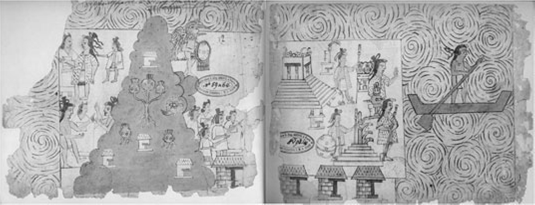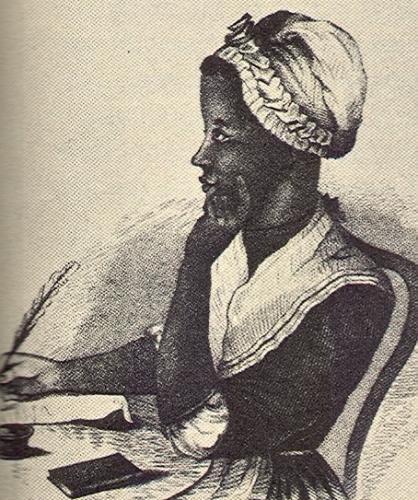 |
LITR 4231 Early American
Literature Sample Research Posts 2014 (research post assignment) Research Post 2 |
 |
Cohen P. Landry
20 April 2014
Primitive Resistance and Accommodation: An Indian Struggle
Western European expansion is always an interesting topic of discussion and
research. After further reading documents concerning early Indian struggles with
European religious missionary efforts, and exotic explorations for land and
precious metals, I noticed two distinctive differences between the
Indian-Spanish relations and the Indian-Protestant relationships. Of course
geographic reasons made certain situations more difficult and extreme for both
parties, but the initial interaction between Indians and Easterners differ in
Indian responses and motives. The theological belief and the social structure of
Eastern travelers had an insurmountable influence of how they interacted with
western natives, resulting in the continuous pursuit of a righteous covenant-driven relationship or a relationship driven by means of economic expansion. I
intend to research further into how the social, mythical, and ritualistic
environments of North-Eastern Indians and South-Western Indians helped Indians
accept or resist the changes that altered their future. For this particular
research assignment, I chose to analyze the alternative view: the Spanish
conquistadors and how they utilized the relationship with the earth-cultivating
culture people known as the Indians to their economic advantage, and how in some
tribes some of
the assimilation shifted from a religious to a political practice.
There is rich history about Spanish conquest in Mexico and their relation to
Indian tribes. These tribes such as the Aztecs, Tlaxcalteca, Quauhquecholteca,
Coras, Tecueses, and the Teculas contributed to the success and many challenges
faced by Spanish conquest during the 1500-1600s. There are also many
“ambiguities in the roles and identities of indigenous allies of the Spanish
conquerors”
Cortes’s victory over the Aztecs in 1521was significant throughout history.
Eventually “New Spain” was formed and the exploitation and resistance efforts
began
One collection of tribal people that significantly contributed to the success of
Conquistadors, were the “Naborias,” (native people in the service of Spaniards,
who were neither slave nor free)
The Antequera Naborias were often treated unfairly, and by 1572, they also
earned political rights of abolished slavery. In an attempt to “commemorate the
[tribal] community’s glorious history” the Naborias used the “Lienzo of Analco,”
a “picture-graphic narrative of the conquest of the Sierra Norte painted on
cotton cloth,” to represent their historical contribution to many Spanish
conquest
The North-Eastern Indians were primarily focused on spiritual and religious
influences and rebellions, whereas the difference in the South-Western Indians
focus, was slightly politically driven to gain communal relations with the
Spanish during the late 1500’s. Although both Indian histories have similar
experiences with war, religion, and assimilation, the social and cultural
significance of their responses are somewhat different. Throughout the semester,
many different stories of Western and Eastern cultures collided to form a unique
expression of not just experiences, but a unified embodiment of interesting
literature and history.

Works Cited
Altman, Ida. The War for Mexico's West:
Indians and Spaniards in New Galicia, 1524-1550. Albuquerque: University of
New Mexico Press, 2010. Print.
Wood, Michael. Legacy: The Search for Ancient Cultures. New York:
Sterling Publisher Co, 1994. Print.
Yannakakis, Yanna. "Allies or Servants: The Journey of Indian Conquistadors in
the Lienzo of Analco." American Society of Ethnohistory 54.4 (2011):
653-82. Web. <Ebscohost>.
|
|
|
|

